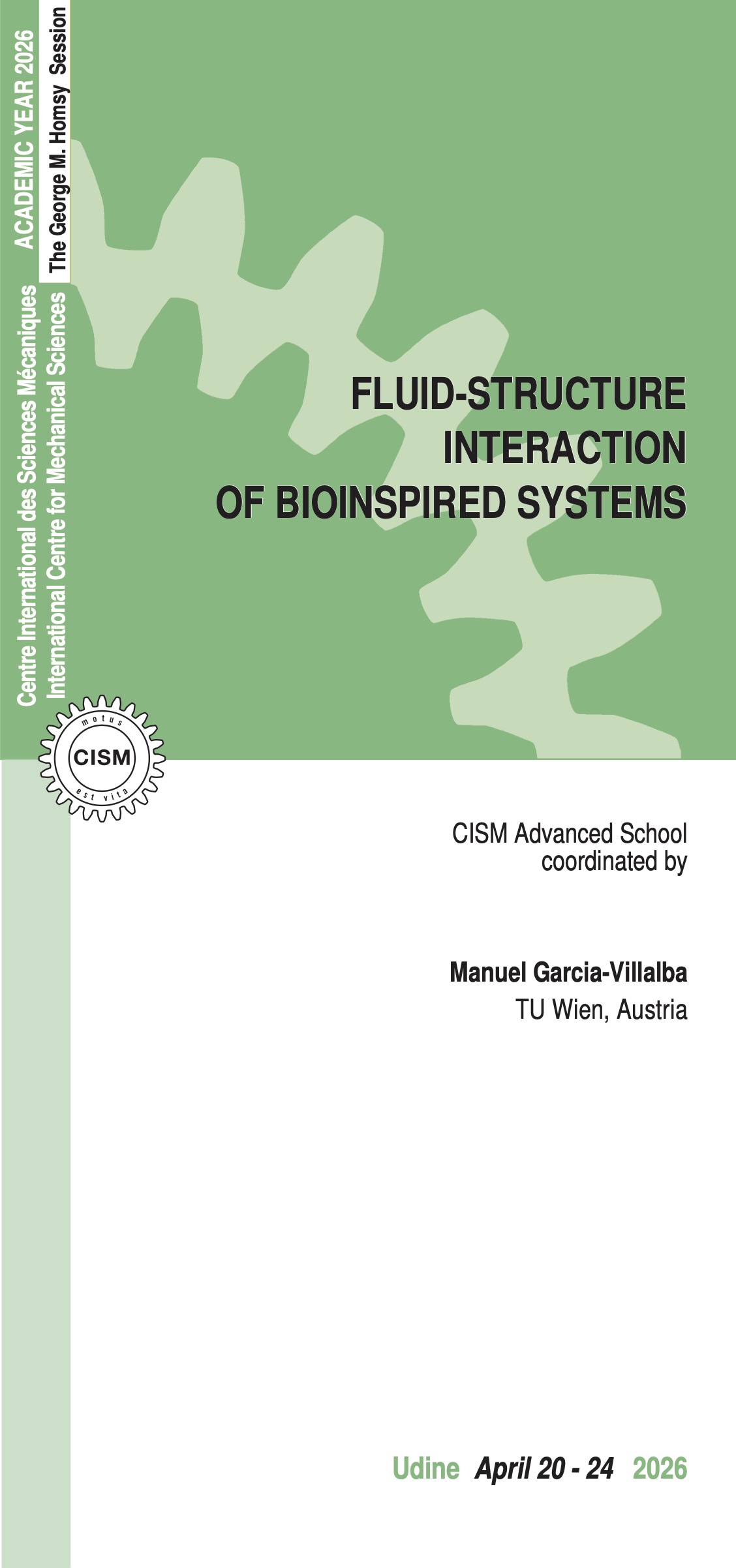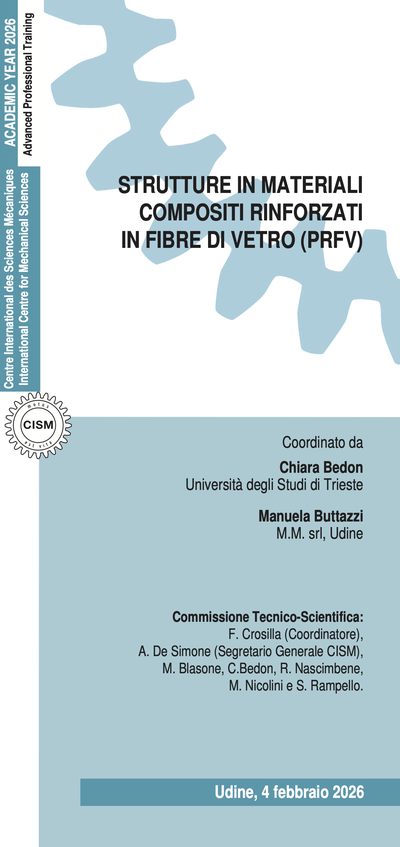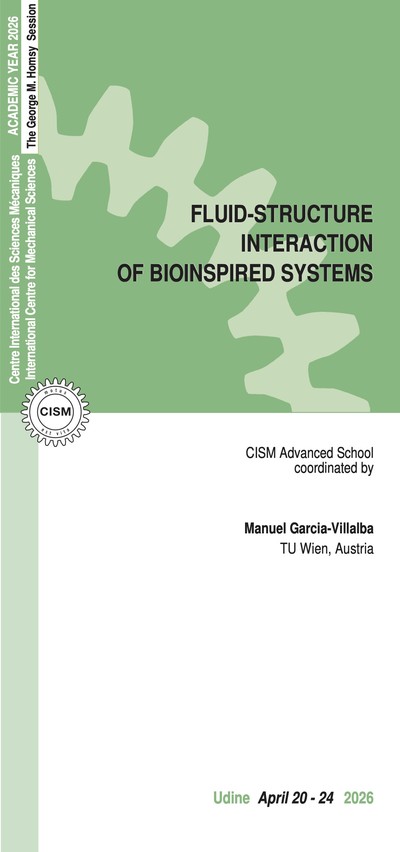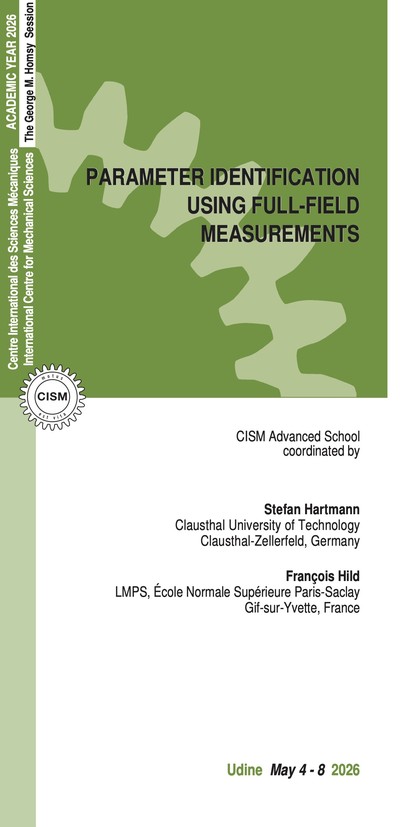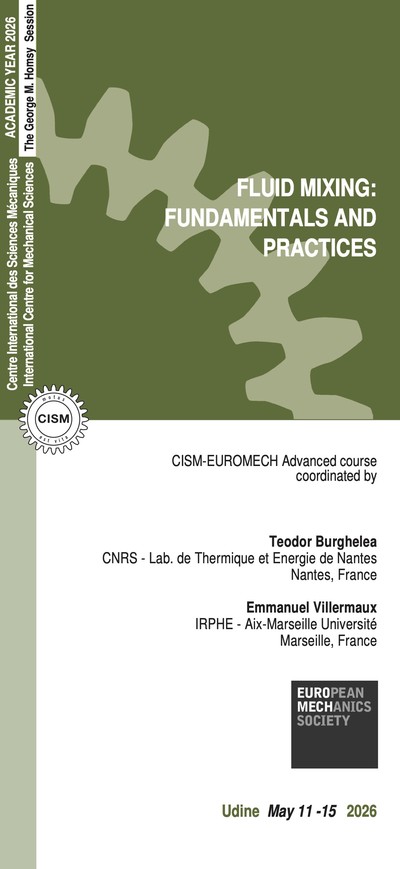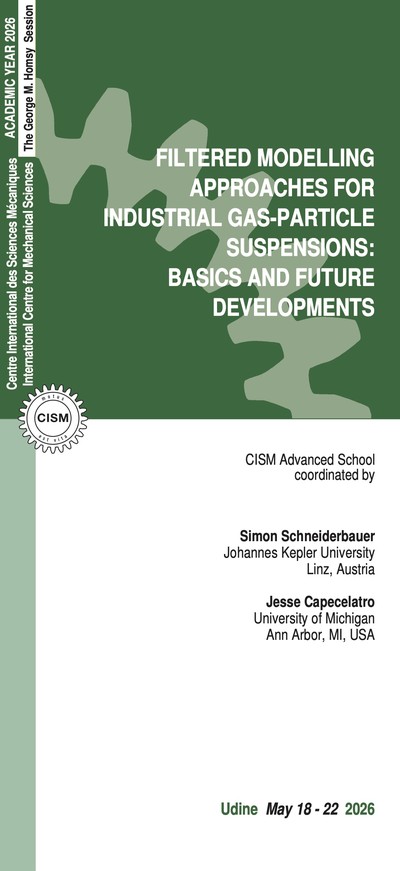Natural systems have evolved strategies for moving and interacting with unsteady environments. Birds, fish, insects, and even microorganisms achieve efficient locomotion by coupling body flexibility with fluid forces in ways that challenge conventional engineering approaches. These biological systems exploit unsteady vortex dynamics, structural compliance, and flow control to maneuver, self-propel, and harvest energy under varying flow conditions. Inspired by these principles, scientists and engineers are developing innovative technologies—from soft robots and flapping drones to flow-driven energy harvesters.
This course aims to provide an introduction to the physics, modelling, and applications of fluid-structure interaction in bioinspired systems. Participants will learn how vortices interact with flexible structures, how to characterize and simulate these interactions using numerical and experimental methods, and how biological strategies of locomotion and control can be translated into novel engineering solutions.
The curriculum mixes basic knowledge with advanced topics, taught by an international team of experts across fluid mechanics and biomechanics, computational methods, and experimental techniques. Participants will gain exposure to theoretical concepts, computational tools, and experimental methodologies. Biological mechanisms of locomotion (such as flapping flight, fish propulsion, and collective motion) will be examined to understand their function and to guide the design of next-generation aerial and underwater vehicles. Applications will also include flow energy harvesting devices.
This course is designed for graduate students and early-stage researchers in applied physics, engineering, and computational science who are interested in unsteady aerodynamics, biologically inspired design, or coupled flow-structure systems. It will also benefit scientists working in robotics, energy systems, or biomechanics who wish to deepen their understanding of fluid-structure interaction in complex environments. Researchers with a background in either fluid or structural mechanics who want to engage in interdisciplinary bioinspired research are especially encouraged to participate.
Poster sessions and informal discussions will foster cross-disciplinary exchange and collaboration, creating opportunities to explore the frontiers of fluid-structure interaction in natural and engineered systems.
C. Bose et al., Dynamic interlinking between near- and far-field wakes behind a pitching–heaving airfoil, J. Fluid Mech. 911, A31 (2021).
M. D. de Tullio and G. Pascazio, A moving-least-squares immersed boundary method for simulating the fluid–structure interaction of elastic bodies with arbitrary thickness, J. Comput. Phys. 325, 201–225 (2016).
O. Flores and M. Garcia-Villalba, Hydrodynamic interactions in tandem flapping wing systems, Phys. Rev. Fluids (2025).
A. Gehrke and K. Mulleners, Highly deformable flapping membrane wings suppress the leading edge vortex in hover to perform better, Proc. Natl. Acad. Sci. U.S.A. 122(6), e2410833121 (2025).
R. Godoy-Diana, Bio-inspired swimming and flying – Vortex dynamics and fluid/structure interaction, Ph.D. thesis, Univ. Pierre et Marie Curie (2014). https://hal.science/tel-01098010
H. Liu et al., Vortices and forces in biological flight: Insects, birds, and bats, Annu. Rev. Fluid Mech. 56, 147–174 (2024).
D. Quinn and G. Lauder, Tunable stiffness in fish robotics: Mechanisms and advantages, Bioinspir. Biomim. 17, 011002 (2021).
W. Shyy et al., Recent progress in flapping wing aerodynamics and aeroelasticity, Prog. Aerosp. Sci. 46, 284–327 (2010).
A. J. Smits, Undulatory and oscillatory swimming, J. Fluid Mech. 874, P1 (2019). G. R. Spedding, The aerodynamics of flight, in *Mechanics of Animal Locomotion*, Vol. 11, pp. 52–111 (1992). https://tinyurl.com/GSbirdflight
M. L. Timm et al., Multi-body hydrodynamic interactions in fishlike swimming, Appl. Mech. Rev. 76, 030801 (2024).
6 lectures on:
Characterization of vortex dominated flows, vortex dynamics, wake patterns, Reynolds numbers effects, flow control of separated wakes, applications.
6 lectures on:
Computational techniques for fluid-structure interaction. Structural solvers and coupling. Multiphysics modelling.
6 lectures on:
Aerodynamics of flapping wings. Energy efficiency in bird and insect flight. Application to bioinspired aerial vehicles and energy harvesting.
5 lectures on:
Fundamentals of fluid-structure interaction. Computational fluid dynamics. Collective effects and flow interactions in biolocomotion.
6 lectures on:
Biolocomotion, propulsion mechanisms in fish and aquatic animals, experiments on fish schools, applications.
6 lectures on:
Experimental techniques, applications to underwater robots, automation of experiments and data-driven models.
ADMISSION AND ACCOMMODATION
The course is offered in a hybrid format, allowing participants the flexibility to attend either in person or remotely via the Microsoft Teams platform.
Admission to on-site attendance is granted on a first-come, first-served basis to comply with the capacity of the lecture room.
Registration fees:
- Early Bird On-Site Participation: € 650.00 + VAT* - Deadline: February 20, 2026
- Late On-Site Participation: € 800.00 + VAT* - Deadline: April 8, 2026
- Live Streaming Online Participation: € 250.00 + VAT* - Deadline: April 8, 2026
On-site participation includes a complimentary bag, five fixed menu buffet lunches, hot beverages, downloadable lecture notes.
Online participation includes downloadable lecture notes.
Application forms should be submitted online through the website: http://www.cism.it. A confirmation message will be sent to participants whose applications are accepted.
Upon request, and subject to availability, a limited number of on-site participants can be accommodated at the CISM Guest House for € 35 per person per night. To request accommodation, please contact foresteria@cism.it.
CANCELLATION POLICY
Applicants may cancel their registration and receive a full refund by notifying the CISM Secretariat in writing (via email) no later than:
- February 20, 2026, for early bird on-site participation;
- March 20, 2026, for late on-site participation;
- April 8, 2026, for online participation.
No refunds after the deadlines. Cancellation requests received before these deadlines and incorrect payments will be subject to a € 50.00 handling fee.
GRANTS
A limited number of participants from universities and research centers who do not receive support from their institutions can request a waiver of the registration fee and/or free lodging.
Requests should be submitted by email to the CISM Secretariat at info@cism.it by February 20, 2026. Submissions must include the applicant’s curriculum vitae and a letter of recommendation from the head of the department or a supervisor, confirming that the institute is unable to provide funding. Preference will be given to applicants from countries that sponsor CISM.
